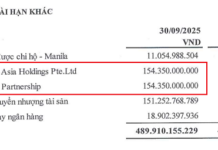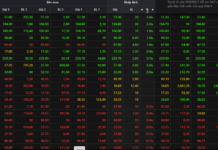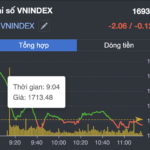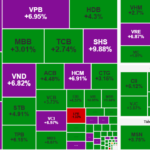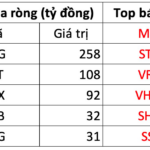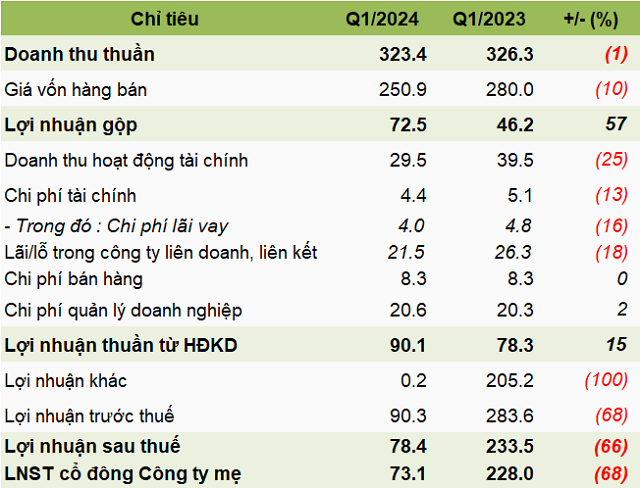According to the 2024 Annual Report of the 21 most valuable companies listed on Vietnam’s stock market as of October 6, 2025 (excluding ACV and Viettel Global due to undisclosed workforce data), out of a total workforce exceeding 576,000 employees, the gender balance remains skewed toward men. In 11 out of 21 companies, male employees significantly outnumber females, particularly in heavy industry and technology sectors.
Notable examples include Hoa Phat Group (HPG), where women make up less than 12% of the workforce, PV GAS (GAS) with 21%, and Vinamilk at 24.8%. These disparities stem from job requirements demanding physical strength, harsh working conditions, and outdoor environments.
Conversely, the banking sector leads in female representation, with ratios hovering around 60%. Sacombank (STB) is the only bank with a female workforce below 50%, at 48.28%.
However, a fascinating paradox emerges when examining leadership structures, particularly within Vietnam’s largest conglomerates.
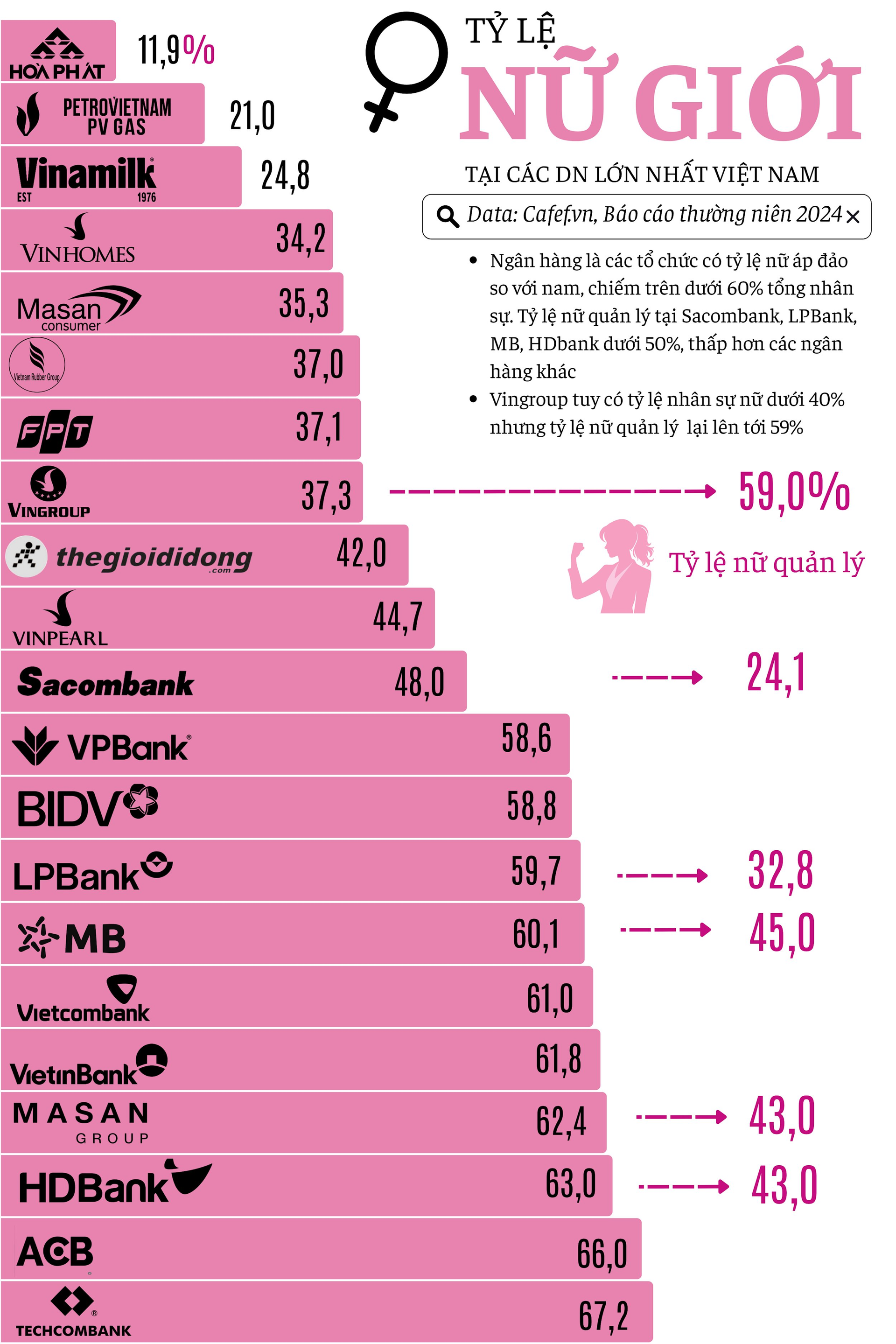
At Vingroup (VIC), despite women comprising only 37.3% of the total workforce, they hold 59% of managerial positions. This commitment to female leadership is deeply rooted in the founder’s philosophy. Key senior roles surrounding Chairman Pham Nhat Vuong—spanning finance, business, and legal affairs—are predominantly held by women.
Chairman Vuong has previously stated, “Women excel in managerial and deputy roles… Fields like finance, accounting, and legal affairs are their strengths. Naturally, we appoint women to these positions.”
This philosophy positions Vingroup as a benchmark for female empowerment, regardless of their overall workforce percentage.
In contrast, Vinhomes—Vingroup’s real estate subsidiary—employs 34.2% women, yet only 28.7% of its managers are female.
At Masan Group (MSN), while 62.4% of employees are women, they hold just 43% of managerial roles. However, Masan Consumer demonstrates stronger female leadership, with women occupying nearly 43% of management positions despite representing only 35.3% of the workforce.
Among banks, Sacombank not only has the lowest female workforce ratio (under 50%) but also the smallest share of female managers at 24.1%—lower than Vinamilk and Vinhomes.
Banks like LPBank (32.8%), MB (45%), and HDBank (43%) also show high female employment but sub-50% female leadership. This highlights that while finance attracts many women, their path to top leadership remains more challenging than for men.
Broader market trends, as noted in the ILO’s 2021 report “Gender and Labor Market in Vietnam,” reveal that Vietnamese women have one of the world’s highest labor force participation rates (over 70%).
Yet, they face opportunity inequalities and bear a “double burden,” spending twice as much time on unpaid domestic work as men. This directly impacts their career advancement. Despite comprising nearly half the workforce, women hold only about 25% of leadership and management roles nationwide.
What Scenarios Await the Stock Market Before and After the Upgrade Announcement?
The VN-Index briefly touched the 1,700-point milestone before retreating, as trading liquidity dwindled amid investor caution ahead of the highly anticipated market upgrade announcement.
Foreign Investors Extend Sell-Off Streak, Net Selling Over $43 Million, While Countering with $11 Million Buy on Blue-Chip Stock
Foreign investors’ net selling activities have significantly impacted the market, with a substantial net outflow of 1.393 trillion VND across the board.











